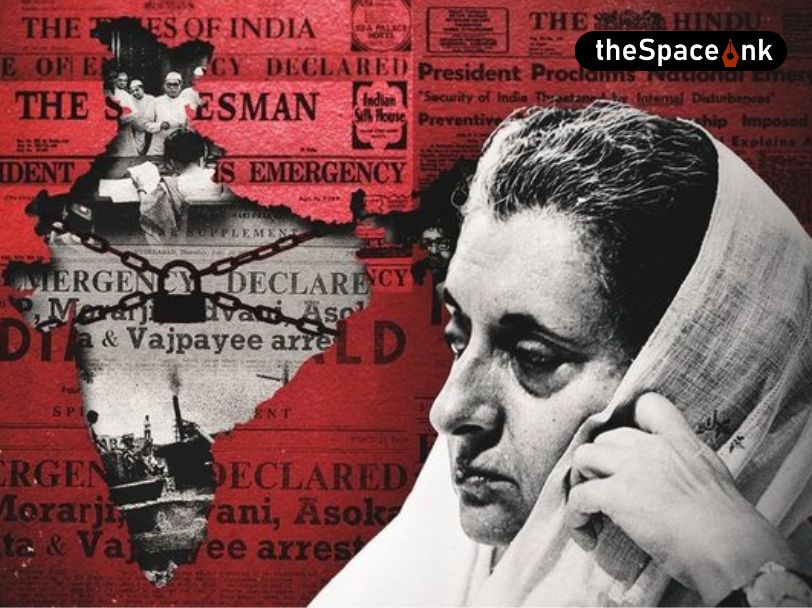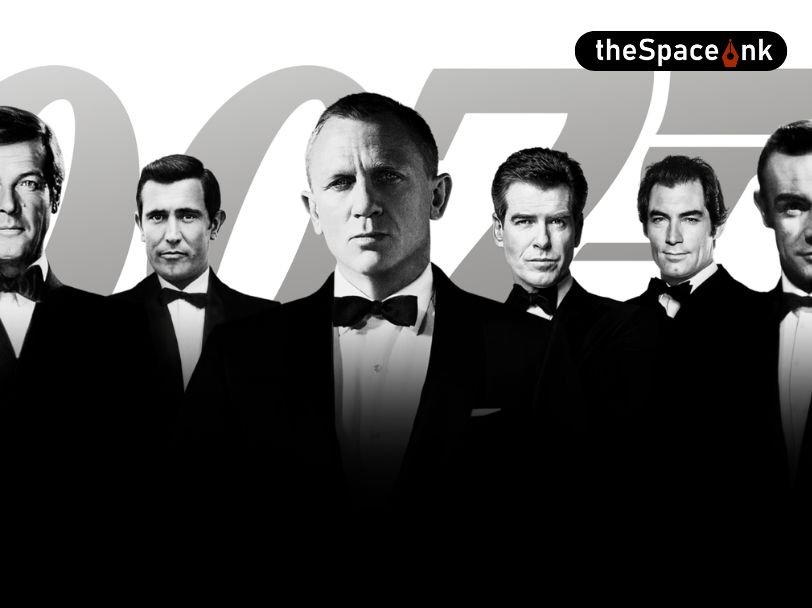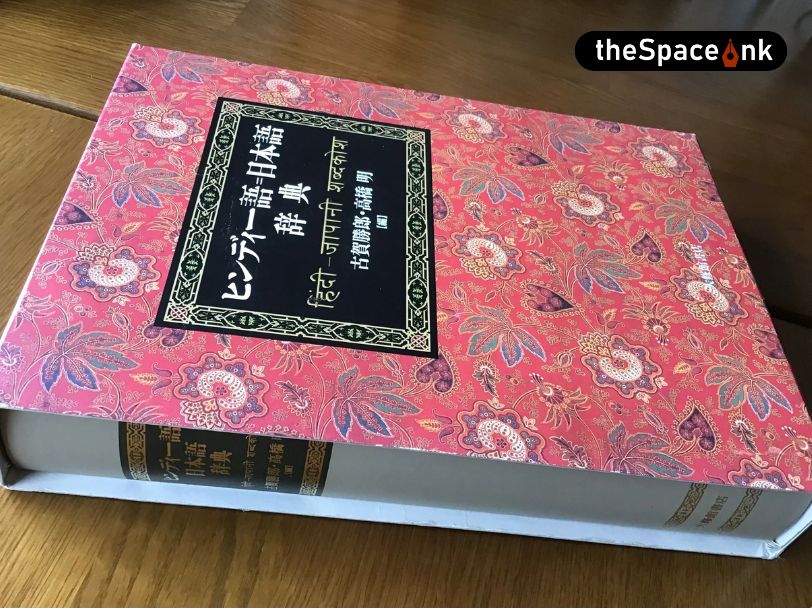I might never have become a film journalist had my father not taken me to morning shows every Saturday screening silent shorts directed and acted in by Charlie Chaplin. Though the films had no dialogue and I had not yet learnt to read the title cards and the dialogues that slipped between scenes, at eight years of age, I was mesmerized by the fun that was happening in fast movements on the screen. It was a novel experience for me. The magic has never left me and I still enjoy the poor tramp and his funny, ironic and sad antics on screen.
Charles Spencer Chaplin was born in London on April 16, 1889, the son of two music hall entertainers. Their mother, whose mental instability was aggravated by poverty and deprivation, raised Charlie and his elder half-brother Sydney in a broken household. When his mother was committed to an infirmary, seven-year-old Charlie was sent to a workhouse outside of London, and suffered from the loneliness of a Dickensian childhood. He dreamed of freedom and wealth, and discovered the performing arts as a vehicle for his ambitions. There is a story that says that his mother would cut off the pockets of his two boys as they always came back home – probably under the staircase of a residential building– their pockets filled with stones, discarded bus and tram tickets, pebbles and rubbish. But the boy Charlie stitched his worn-out socks back into his pants and made new pockets!

Despite living in the United States for almost 40 years, Chaplin never became an American citizen. Meanwhile, due in part to Modern Times, a satire of the machine age, he gained a reputation as a communist sympathizer. But he never officially mentioned anything about his political leanings, which, from his films, appear to be on the Left.
The Tramp represented the homeless, jobless working class constantly looking for work but dreaming of joining the elite someday which happens sometimes with his clever ways but soon bursts like a soap bubble when his tricks are seen through and he is cast back on to the streets he belongs to. Rescuing his lady love was also part of his show. Most of these silent films closed with a scene shot from the back showing the lovers walking, hand in hand, into the sunset which is borrowed by many filmmakers to this day.
Buster Keaton, another very famous comedian went on record to say that during a talk with Chaplin after he had just made The Kid (1921) the then-already-famous Chaplin, had told him, “Communism was going to change everything, abolish poverty.” Chaplin, said Keaton, banged on the table and said, “What I want is that every child should have enough to eat, shoes on his feet and a roof over his head”. Keaton’s response was, “But Charlie, do you know anyone who doesn’t want that?” Vijay Prashad reminisces in an article, The Political Life and Cinema of Comrade Charlie Chaplin in The Wire (29th July, 2017). He was greatly troubled by the Nazi sweep across Europe. The Great Dictator (1940) was his satire of fascism – with a poignantly telling scene of the “Great Dictator” played by Chaplin, dancing in his huge room with a globe perched on his fingers. He is seen lobbing it up and down like a ball, a metaphor for the Dictator, said to be a caricature of Adolf Hitler, holding the world in his hands.

Chaplin’s silent films were anchored by the figure of the Tramp, the iconic poor man in a modern capitalist society. “I am like a man who is ever haunted by a spirit, the spirit of poverty, the spirit of privation,” Chaplin said. That is precisely what one sees in his films – from The Tramp (1915) to Modern Times (1936). “The whole point of the Little Fellow,” Chaplin said in 1925 of the tramp figure, “is that no matter how down on his ass he is, no matter how well the jackals succeed in tearing him apart, he’s still a man of dignity.” The working class, the working poor, are people of great resourcefulness and dignity – not beaten down, not to be mocked. Chaplin’s sympathy for the working class defines all his most famous silent films,” writes Vijay Prashad.
Buster Keaton, another very famous comedian went on record to say that during a talk with Chaplin after he had just made The Kid (1921) the then-already-famous Chaplin, had told him, “Communism was going to change everything, abolish poverty.” Chaplin, said Keaton, banged on the table and said, “What I want is that every child should have enough to eat, shoes on his feet and a roof over his head”.
In a 1995 worldwide survey of film critics, Chaplin was voted the greatest actor in the history of cinema. He was the first, and to date the last, person to control every aspect of filmmaking — founding his own studio, United Artists, with Douglas Fairbanks, Mary Pickford and D.W. Griffith, and producing, casting, directing, writing, scoring and editing the films he starred in. In 1916, his third year in films, his salary of $10,000 a week made him the highest-paid actor — possibly the highest paid person — in the world.
Ann Douglas, writes in an article in ‘Time’, “Every few weeks, outside the movie theater in any American town in the late 1910s stood the life-size cardboard figure of a small tramp — outfitted in tattered, baggy pants, a cutaway coat and vest, impossibly large, worn-out shoes and a battered derby hat — bearing the inscription I AM HERE TODAY. An advertisement for a Charlie Chaplin film was a promise of happiness, of that precious, almost shocking moment when art delivers what life cannot, when experience and delight become synonymous, and our investments yield the fabulous, unmerited bonanza we never get past expecting.”
The tramp is both unique and universal, a secular figure who did not speak when he featured in silent films so his language is universal that is easily understood by every man, woman and child across time and space. He is a man every underdog across the world can identify with, love, and carry outside the theatre to dream about long after the film is over.
Chaplin’s silent films were anchored by the figure of the Tramp, the iconic poor man in a modern capitalist society. “I am like a man who is ever haunted by a spirit, the spirit of poverty, the spirit of privation,” Chaplin said.
Keystone was a production company in New York that came to be known as “Hollywood’s fun factory of slapstick comedy.” Chaplin joined Keystone in 1913 for a one-year contract at a salary of $150.00 per week, a princely sum in those days, as one in their roster of comedians.
A month later, Adam Kessell, the founder and partner of Keystone, assigned Chaplin to director Pathé Lehrman for a starring role in his first motion picture appearance. The new character, commonly known as The Little Fellow, or the Tramp, debuted in Chaplin’s second Keystone film, Kid Auto Races at Venice (1914) directed by Pathé Lehrman. In one stroke, Chaplin created the image that would forever be associated with his name. “In order to individualize his on-screen character, Chaplin assembled the “Tramp” costume that quickly attained mythical status. Collecting a miss-match of clothing from several different comics, Chaplin toned down the costume in order to highlight the personality of his new creation. From the earliest appearance, the Tramp would remain fundamentally the same in both appearance and character over the next thirty years, though Chaplin’s refinements would allow the character to attain unprecedented acclaim for a screen image,” writes J.A. Aberdeen in his biography of Chaplin. The Tramp (1915) is historically recognized as Chaplin’s first masterpiece.
Before the expiry of his one-year contract with Keystone, Chaplin joined the Essanay Film Production Company. During 1915, the Charlie Chaplin craze stormed the United States. Essanay vigorously promoted Chaplin’s image, creating merchandise from photo cards to books to toys, sheet music, fan cards, and so on. All authorized merchandise stamped with the Essanay name, and wherever possible, the studio’s logo. The body of Chaplin merchandise was unlike anything seen in film before. Charlie Chaplin amateur contests brought local recognition to a new generation of young talent. Over thirty New York theaters sponsored Chaplin amateur nights in the summer of 1915. Notable teenage participants included Walt Disney and actor Bob Hope.
Rarely does one find a fictional character overshadowing his creator, or, blending with the creator so effortlessly that at one point of time, the difference between the creator and the created becomes almost invisible, till someone points out that the character is a creation of fiction, while the creator is a real person who created the character in the first place. A man named Charles Chaplin has realized this dream, almost like a page out of Ripley’s Believe It or Not.

The one limitation in his work lies in his frothy, prettified, shallow depiction of women who are always portrayed as damsels in distress or as rich women desired by poor men. There are few ‘women of dignity’, which is ironic, because women at that time were pitched in battles for their own rights and for the right to vote.
The creator’s real name is Charles Chaplin. Charlie is the name of The Tramp he created for the screen. But, we are confused about the identity of the one whose birth anniversary is being celebrated – is it the birth anniversary of Charles Chaplin? Or is it the birthday of Charlie, The Tramp? The minute the name Charlie Chaplin is mentioned, the picture that comes up is of Charlie, the bumbling, sometimes shy, often confused, short man, with a bewildered expression on his face, dressed in the most bizarre of costumes consisting of an ill-fitting suit, extra-large shoes, a weather-beaten bowler hat that is constantly falling off his head, and a walking stick.
“There are men and women in far corners of the world who have never heard of Jesus Christ; yet they know and love Charlie Chaplin,” noted an article that an FBI agent clipped and highlighted in Chaplin’s file.
Shoma A. Chatterji is a freelance journalist, film scholar and author based in Kolkata. She has won the National Award twice, in 1991 and 2000. She has authored 26 published titles of which 14 are on different areas of Indian cinema. She holds two Masters Degrees and a Ph.D. in History (Indian Cinema). She has also won a few Lifetime Achievement Awards from different organizations over time.









One Response
Always a pleasure reading your post.